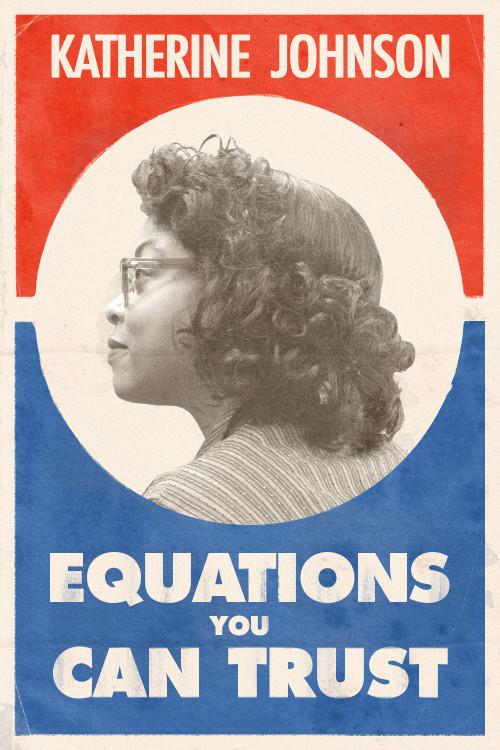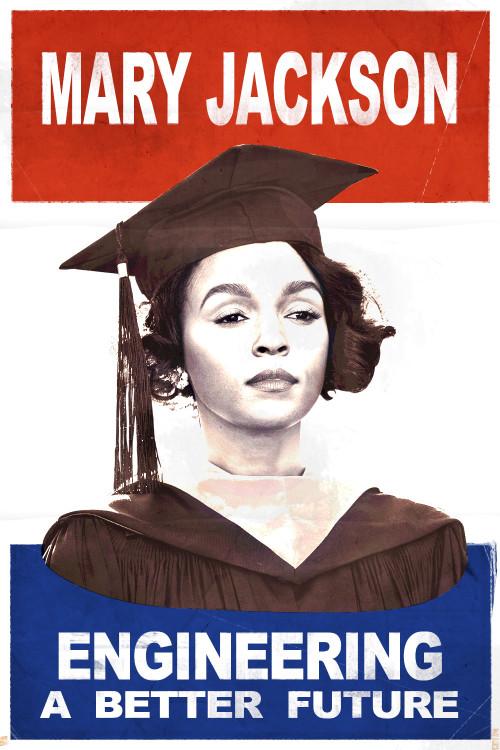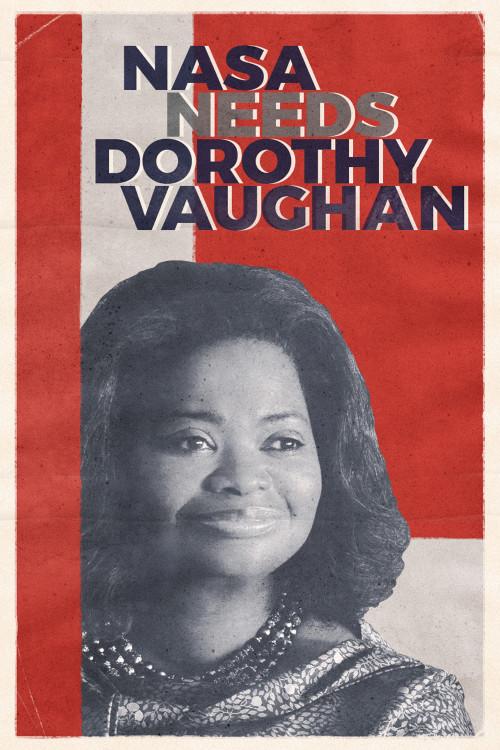‘Hidden Figures’ Reveals The Truth About Brilliant Minds
“There’s no protocol for women attending,” Paul Stafford, a white engineer states directly to the Black woman standing in front of him.
“There’s no protocol for a man circling the earth either sir,” says Mary Jackson, a Black, female NASA mathematician put on a project with Stafford to launch John Glenn into space.
It’s 1961. Virginia.
The demand for racial equality is an ether hovering above the nation, wafting in moments that slowly and quietly emerge through small but pointed events – lunch counter sit ins. The Montgomery bus riots. Brown vs. the Board of education.
Someday, Americans will understand these moments to be an irrevocable force in history, one that carved the path of equality not just for African Americans but for all Americans. It would be a time that would dismantle Jim Crow laws, segregation, and the overt hostile legalities that threatened all people of color. But it would be fought through the lives, discrimination, faith, and perseverance of African Americans and their allies.
It wouldn’t just happen in marches, or protests or organized action, either. It would be fought in the everyday experiences and moments African Americans faced in a nation filled with normalized racial discrimination. Yet it was in these small acts of persevering through insurmountable social political, and cultural odds, that would make the Civil Rights Movement a reality.
Hidden Figures is just one of the many untold but important stories of three women who were doing just that.

Hidden Figures, which releases nationwide today, details the story of three NASA employees who served as the brain power behind the launch of the first man – John Glenn – into space.
Katherine Johnson (Taraji P Henson), Dorothy Vaughan (Octavia Spencer), and Mary Jackson (Janelle Moae) play three NASA employees who cross the lines of race and gender to not only successfully launch a man into orbit around the earth, but help restore the Space Race to the Americans and in doing so, serve to unite our socially fractured nation under one united dream.
The focus on the film revolves around how the main character’s overcome their everyday struggles, including their workplace experiences as both women and women of color.
“Mary Jackson … believed that everyone, no matter what your color was, what your gender was, you had a right to the American dream,” Janelle Monae said of her character in a recent interview with The Wrap, who was on the pursuit to become an engineer.
“(Jackson) wasn’t trying to be the first African-American female engineer. She just wanted to be an engineer.”

Another strong theme, Monae states, is that of sisterhood:
“This film is important because sisterhood is important. I don’t think these women—Katherine, Mary and Dorothy—would have pushed through or accomplished such an extraordinary thing if they didn’t have the support of each other. When one was down or in doubt or going through the sexism or the racism, they had the opportunity to vent.”
Ultimately, it was the characters belief in reaching the goal of the mission and most importantly, in themselves that helped them overcome their fears and oppressive environment and obtain this higher dream.
Many more themes can be pulled from the threads that weaved this true story into the inspiring book turned movie. Yet in the positive buzz surrounding Hidden Figures, whose raving reviews have all but promised it to be the season’s feel good hit, an important aspect of the film has been eclipsed. The film itself breaks boundaries by casting three black women as its leads, in a time where Hollywood is still very heavily dominated by white, male centric stories, going so far as to cast white actors in asian and african american roles. More so, the period piece touches on themes of workplace discrimination that still ring painfully true today.
So perhaps it is this subtle but powerful message that is the movie’s greatest triumph;
“I made it my mission to be a part of this film,” says Taraji P Henson who plays Katherine Johnson in the movie, “because I didn’t want another girl to ever believe that her brain cannot understand numbers and rocket science. If a boy can do it, you can do it too. A brilliant mind does not have a color or a gender.”

Make sure to catch Hidden Figures in theaters this weekend!





